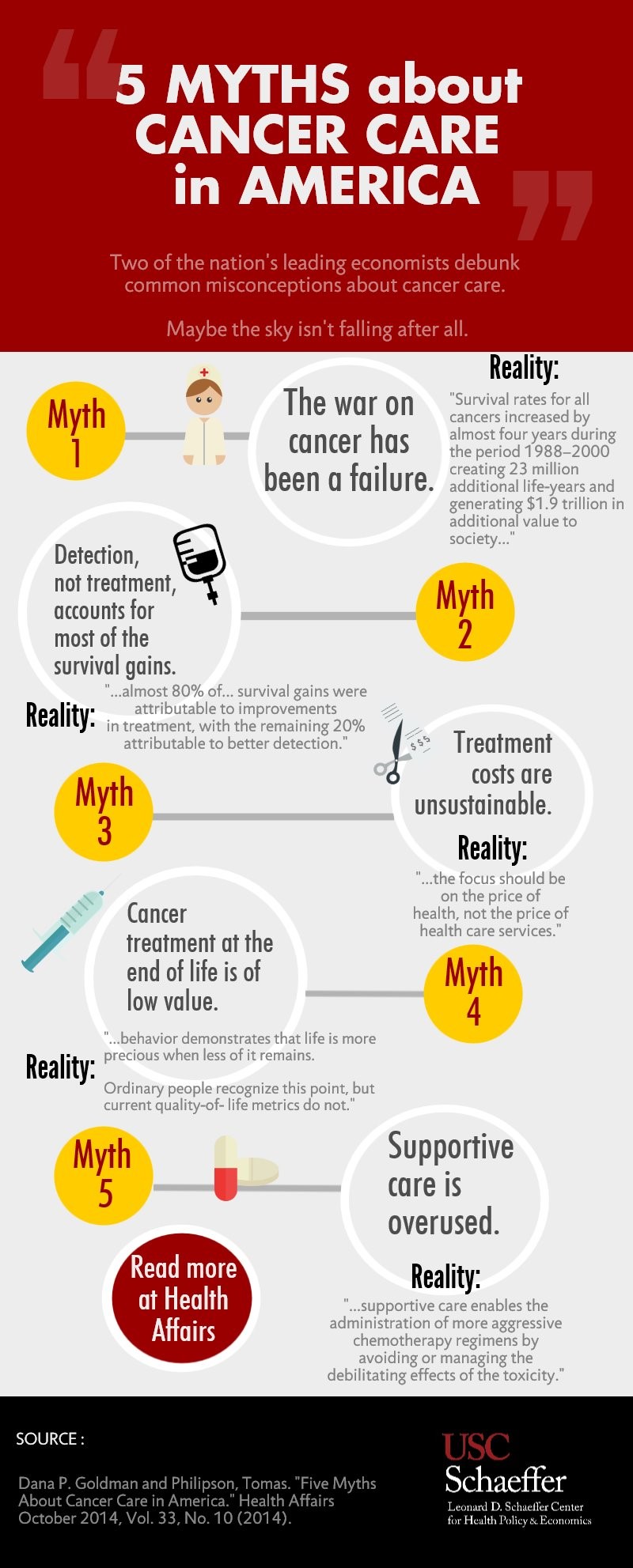Ezra Klein challenges the notion that patients in the U.S. get better cancer treatment than patients in other developed countries. Klein was writing in response to the Commonwealth Fund’s comparison of health systems in eleven developed countries. As I noted previously, one problem with this survey is that there is no apparent relationship between ranking on the survey and health outcomes. Although the U.S. does poorly in the survey, it does well in health outcomes, especially cancer outcomes.
Or maybe not, according to Klein:
Most of the studies that highlight America’s skill in treating cancer do so by measuring survival rates — that is to say, they measure how many people survive for a certain number of years after the cancer is diagnosed. So if a certain cancer kills 50 percent of people within five years, then the five-year survival rate is 50 percent.
The problem here is simple: survival rates don’t necessarily measure when people die. They also measure when they’re diagnosed — and sometimes, that’s all they measure.
Read More » »
 Writing in The Hill, Mercatus Senior Research Scholar Robert Graboyes discussed ways to boost the U.S. Food and Drug Administration’s productivity. He and coauthor Jordan Reimschisel discussed seven things the FDA could do to speed approval of drugs and medical devices.
Writing in The Hill, Mercatus Senior Research Scholar Robert Graboyes discussed ways to boost the U.S. Food and Drug Administration’s productivity. He and coauthor Jordan Reimschisel discussed seven things the FDA could do to speed approval of drugs and medical devices.







